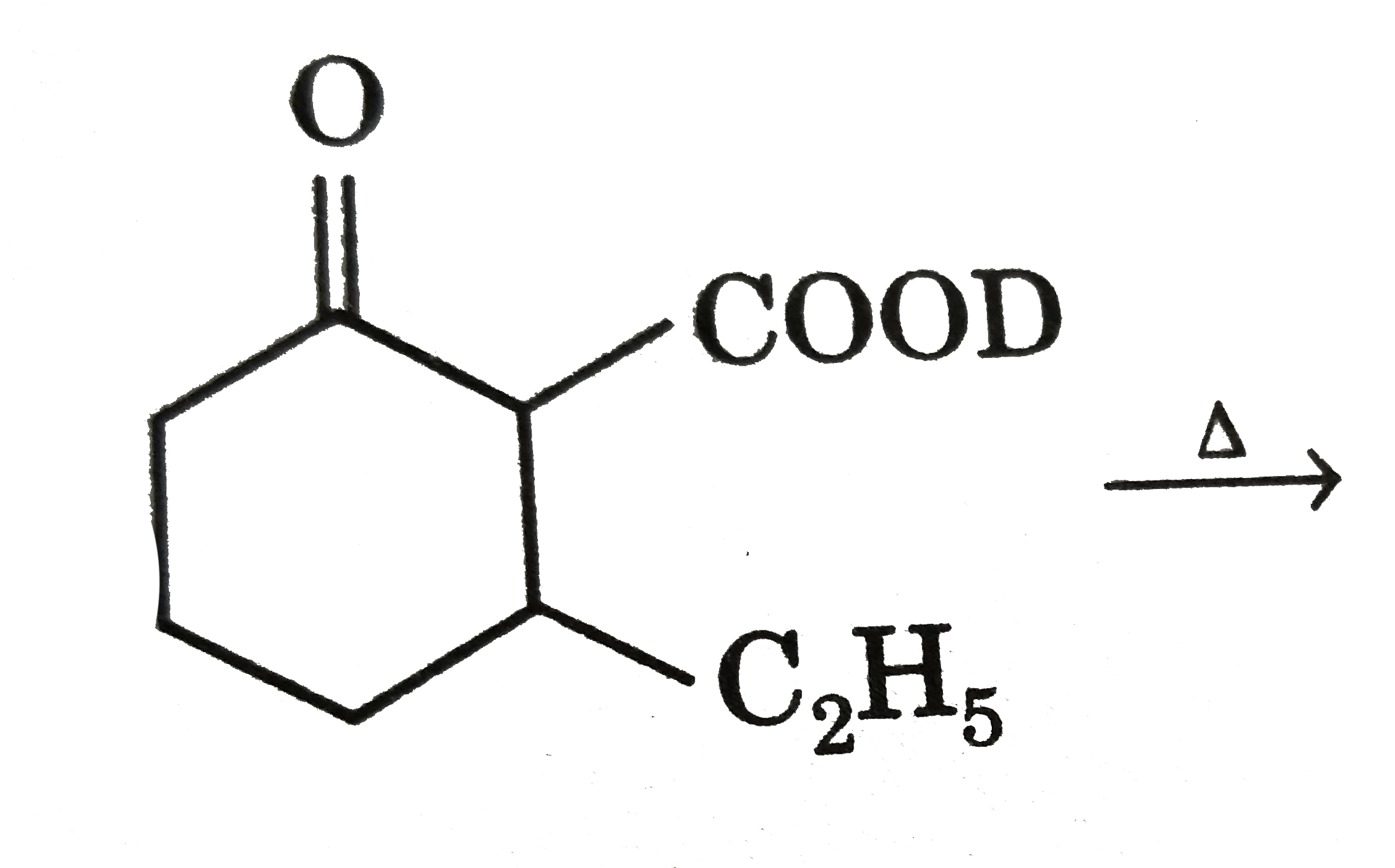Reproductive isolation on the basis of different habitats is called ecological isolation.
Step-by-Step Solution:
1. Understanding Reproductive Isolation:
- Reproductive isolation refers to mechanisms that prevent different species from interbreeding. This can occur even if species share the same habitat but have developed differences over time.
2. Types of Reproductive Isolation:
- There are various types of reproductive isolation, including ecological, temporal, behavioral, mechanical, and gametic isolation. Each type prevents species from mating or producing fertile offspring.
3. Defining Ecological Isolation:
- Ecological isolation is a specific type of reproductive isolation that occurs when two species occupy different habitats within the same geographical area. Despite being in proximity, they do not interbreed due to their preference for different environments.
4. Example of Ecological Isolation:
- Consider a forest where two groups of butterflies exist. Initially, they may occupy the same habitat. Over time, due to natural selection, one group may adapt to live in the upper strata of the forest, while the other group remains in the lower strata. This separation leads to ecological isolation.
5. Consequences of Ecological Isolation:
- As these two groups of butterflies adapt to their respective environments, they may undergo evolutionary changes. Eventually, they may become distinct species that cannot interbreed, even though they live in the same overall habitat.
6. Conclusion:
- Therefore, the statement that "Reproductive isolation on the basis of different habitats is called ecological isolation" is true, as it accurately describes how species can diverge and become reproductively isolated while still sharing a common environment.
---
- Reproductive isolation refers to mechanisms that prevent different species from interbreeding. This can occur even if species share the same habitat but have developed differences over time.
- There are various types of reproductive isolation, including ecological, temporal, behavioral, mechanical, and gametic isolation. Each type prevents species from mating or producing fertile offspring.
- Ecological isolation is a specific type of reproductive isolation that occurs when two species occupy different habitats within the same geographical area. Despite being in proximity, they do not interbreed due to their preference for different environments.
- Consider a forest where two groups of butterflies exist. Initially, they may occupy the same habitat. Over time, due to natural selection, one group may adapt to live in the upper strata of the forest, while the other group remains in the lower strata. This separation leads to ecological isolation.
- As these two groups of butterflies adapt to their respective environments, they may undergo evolutionary changes. Eventually, they may become distinct species that cannot interbreed, even though they live in the same overall habitat.
- Therefore, the statement that "Reproductive isolation on the basis of different habitats is called ecological isolation" is true, as it accurately describes how species can diverge and become reproductively isolated while still sharing a common environment.
Topper's Solved these Questions
- EVOLUTIONBOOK - MODERN PUBLICATIONCHAPTER - EVOLUTIONEXERCISE - QUICK MEMORY TEST ( B. COMPLETE THE MISSING LINKS )
16 Videos
- EVOLUTIONBOOK - MODERN PUBLICATIONCHAPTER - EVOLUTIONEXERCISE - QUICK MEMORY TEST (CHOOSE THE CORRECT ALTERNATIVE )
10 Videos
- EVOLUTIONBOOK - MODERN PUBLICATIONCHAPTER - EVOLUTIONEXERCISE - HOTS (HIGHER ORDER THINKING SKILLS & BRAIN TWISTING )(LONG ANSWER QUESTIONS )( FIVE MARKS EACH)
5 Videos
- ECOSYSTEM BOOK - MODERN PUBLICATIONCHAPTER - ECOSYSTEM EXERCISE - Chapter Practice Test (Section - D) (Case - Based Short Answer Type Questions)
5 Videos
- HUMAN HEALTH AND DISEASESBOOK - MODERN PUBLICATIONCHAPTER - HUMAN HEALTH AND DISEASESEXERCISE - Chapter Practice Test
2 Videos
Similar Questions
Knowledge Check
Reproductive isolation is
AInability to interbreedBAbility to interbreedCBreeding in isolationDIntraspecific breedingReproductive isolation is
AInability to interbreed in natural populationsBAbility to interbreed in natural populationsCBreeding in isolationDIntraspecific breedingReproductive isolation results in
Adifferentiation of speciesBevolutionary divergenceCmaintenance of a speciesDextermination of a species
How does reproductive isolation arise ?
View SolutionName the type of reproductive isolation on the basis of difference in breeding seasons.
View SolutionReproductive isolation is essential for speciation. Why?
View SolutionReproductive isolating mechanisms :
View Solution product is isolated as :
product is isolated as :
View Solution
